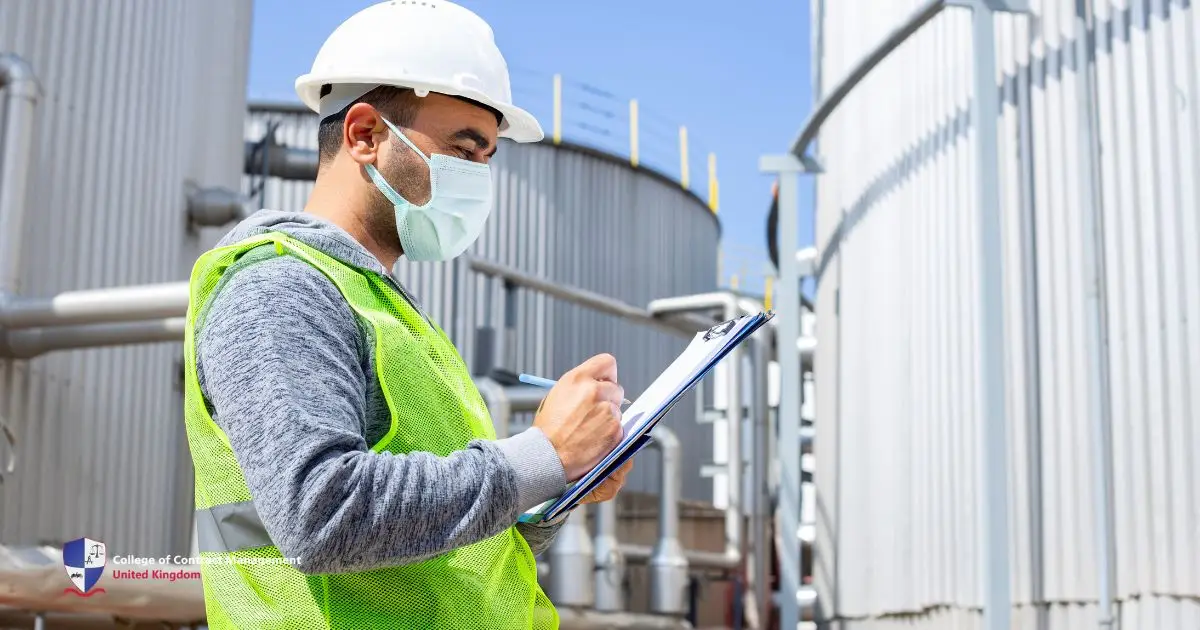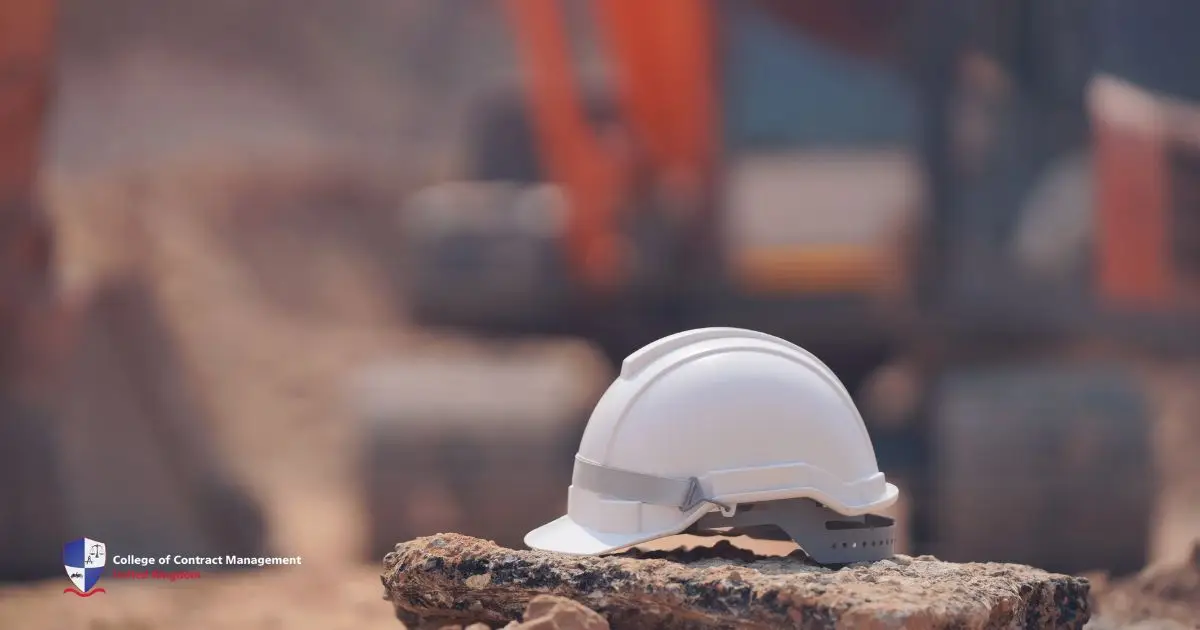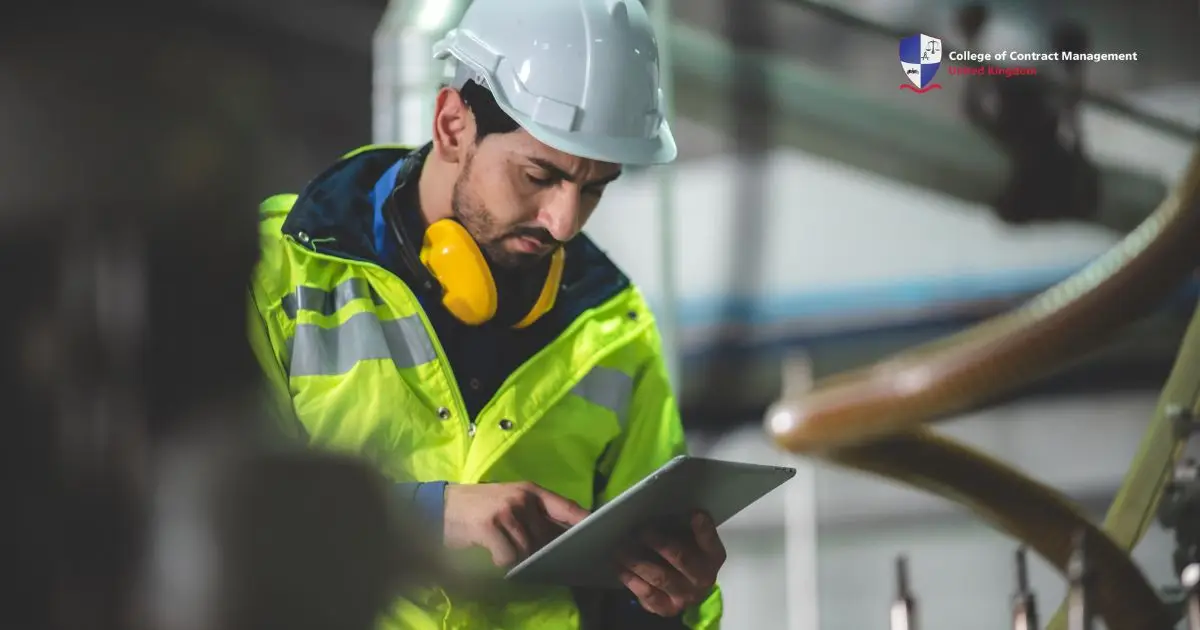Safeguarding training is important for keeping workers safe while they build things like houses, schools, and other structures. Working in construction can sometimes be dangerous. Workers handle heavy materials, climb up high places, and use sharp tools. This is why safety training is needed. It teaches construction workers how to stay safe and avoid accidents.
Why is safeguarding training important?
Safeguarding training teaches workers important safety rules. These rules help prevent accidents and injuries on construction sites. All workers need to take these courses because they teach everyone how to stay safe in risky environments. If workers know what dangers to look out for, they can be more careful and protect themselves, as well as their teammates.
- Ensures worker protection.
- Proper identification of risks.
- Disaster preparedness.
- It lessens legal repercussions
- Promotes safe work cultures.
Common dangers in construction
Construction work can be dangerous. Workers need to know about the risks they face so they can avoid accidents. If not properly educated, employees increase the risk of having work accidents. Additionally, if protocols are implemented, everyone else stays safe. Here are some common dangers that workers encounter on construction sites:
-
Sharp Tools: Construction workers use many tools, and some of these tools can be sharp. Tools like saws can cut through materials, but if used carelessly, they can also hurt workers
-
Breathing in Dust: Dust can come from materials like cement, which is often present in construction. Sometimes, workers might also be exposed to asbestos, a harmful material that can be in older buildings.
-
Slipping: Workers can slip and fall if the ground is wet, uneven, or cluttered. This can happen anywhere but is especially common on construction sites. To prevent falls, workers should be careful where they walk and wear shoes with good grip
-
Falling: Without safety measures, employees working in high areas can fall and be badly hurt.
-
Moving Objects: Trucks, cranes, and other machinery move around, and workers carry heavy materials. This can be dangerous if someone isn’t paying attention. Workers need to stay alert and be aware of their surroundings to avoid accidents.
-
Working High Up: Workers need to climb ladders or work on scaffolding, which is very high. This can be risky, so workers must use safety harnesses to keep from falling.
-
Getting Sick: Construction workers often work closely together, which means that if one person gets sick, others can catch the illness too. Germs can spread quickly, especially when workers share tools or food.
-
Hearing Loss: Heavy machines often create loud noises that can damage the ears. This can lead to miscommunication and arguments on-site.
-
Inadequate training: Workers who lack proper training can be a danger to others. They may not know how to handle equipment and cause injuries.
-
Electrocution: Handling faulty wires can cause severe injuries.
How does safeguarding training help workers?
Safeguarding training is a big part of helping construction workers stay safe while they do their jobs. Giving them proper education ensures that they know how to keep the workplace safe. Here are some ways safeguarding training helps:
Learning safe practises
One of the most important parts of safeguarding training is teaching workers how to use tools safely. Workers also learn to spot dangers in their work area. They’re taught the best ways to lift heavy objects without getting hurt, and they learn how to avoid accidents. Knowing the safest ways to handle tools and materials helps prevent injuries.
Wearing the right gear
Safeguarding training teaches workers about the importance of wearing safety gear. Things like hard hats, gloves, and safety glasses protect workers from getting hurt. Workers should always wear their safety equipment while on the job.
It’s also important to use the right gear for the task. For example, wearing masks when working with dust or chemicals and wearing gloves when handling hot or sharp tools.
Knowing what to do in emergencies
In an emergency, like a fire, workers need to know how to escape safely. Safeguarding training helps workers learn what to do during emergencies, and this can save lives. By practising emergency drills, workers become more confident and prepared.
Workers also learn how to spot dangers before they cause problems. Regular safety meetings help keep everyone informed about how to stay safe.
Handling dangerous materials
Some materials used in construction, like chemicals, can be dangerous if not handled correctly. Safeguarding training teaches workers how to work with these materials safely.
For example, workers learn how to protect themselves when using chemicals and which ones to avoid. This reduces the risk of accidents and keeps the work site safe.
Teamwork and Mental Health
Good communication is another key part of safety in construction. When workers talk to each other and share information, everyone knows what’s happening, which makes the site safer.
Safeguarding training also talks about mental health. Workers learn how to handle stress and support their teammates. This creates a happier, safer work environment for everyone.
Creating a safe workplace
Making the workplace safe is important for everyone’s well-being. When workers know that their environment is safe, they can do their jobs better. Each worker should know what their job is and what responsibilities come with it. When everyone understands their role, there is less confusion, and the work site stays organised and safe. Having clear job descriptions can help workers understand their tasks better.
-
Find possible sources of danger: It’s important to regularly check the work area for dangers. Workplace inspectors can help find risks and fix them before they cause problems. Workers should also report any hazards they notice to make the work site safer for everyone.
-
Speak up: Encourage workers to speak up if they see something unsafe. If someone learns a new safety rule, they should share it with others. Workers should feel comfortable reporting dangers because it helps keep the whole site safe. An open environment helps workers feel like they can talk about safety concerns without fear.
-
Keep learning: Conduct seminars and lectures on safety and its importance. This will help employees gain more knowledge and become proactive. Safeguarding training shouldn’t just happen once.
-
Stay updated: Workers should have ongoing training to stay informed about new risks and safety rules. Refresher courses help reinforce what workers have learnt, keeping safety top of mind. It’s also helpful to keep up with new tools and techniques that make construction work site safer.
-
Use the proper safety equipment: Do research on which items offer the most protection for a specific task. This lessens the possibility of injuries.
-
Keep machines well-maintained: Equipment that’s well taken care of makes it safer for everyone.
-
Monitor workers regularly: Make sure that you know what workers are up to. Some might be shy to ask about procedures. So, make sure that you follow up regularly.
What are possible resources for additional knowledge?
If you wish to add more knowledge about safety training, it’s important to know where to look. There are many sources of data and information that you can look into/ The main goal is to always ensure you know how to keep the workplace safe and free from injuries.
- Online articles
- Journals about safety in construction
- Posters
- Guidelines by government organisations
- Statistics
- Videos
Join us for safeguarding training!
In conclusion, safeguarding training is very important in construction. It helps keep workers safe and reduces the chances of accidents. If you want to learn more about construction safety, join us at the College of Contract Management!
Our experienced teachers can help you learn all about staying safe while working. We provide high-quality training to help you become a skilled and safe worker. Together, we can make construction a safer place for everyone.





